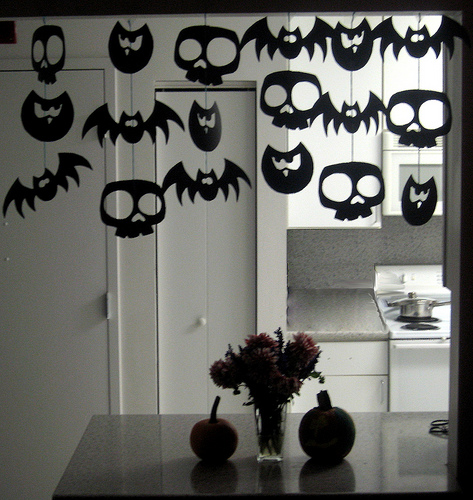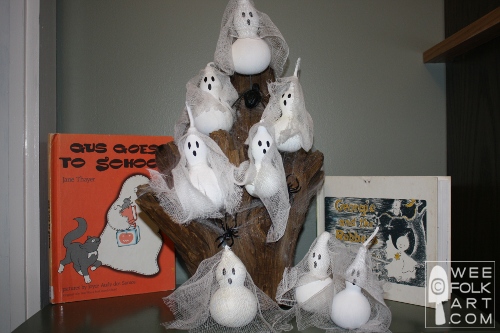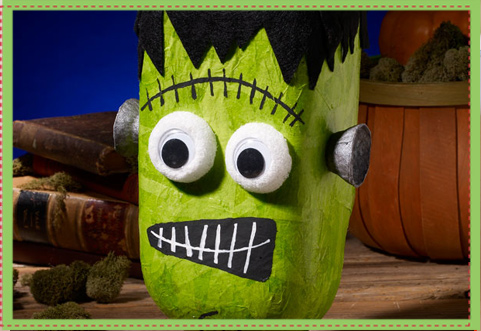First Steps to Reading and Writing
Literacy begins at birth. The early reading and writing experiences children have help prepare them for later success in school. That’s why rich and varied language and literacy experiences at home and at preschool are so important. Children who have been read to, who know nursery rhymes and chants, who hear a great deal of language, and who are familiar with many words are at a tremendous advantage. When it comes to learning to read and write, children must be familiar with language and use it to communicate ideas, desires, and feelings with other people. Literacy skills include:
• Listening
• Comprehending
• Speaking
• Reading
• Writing
As she approaches age three, your child is communicating with words and increasing in vocabulary daily. You want to choose a preschool that will continue to enhance these skills. When you look at preschools for your child, you are likely to notice differences in the kind of language and literacy experiences they offer children:
 One program sets aside time each day for children to sit quietly at tables and do reading and writing worksheets. The teachers say it’s important for children to learn to sit still, follow directions, and practice the skills they will need for reading and writing later on.
 At another program, children do their own writing or the teacher writes down children’s stories. There are writing materials in many parts of the room and child-made signs are evident. Children don’t have workbooks, but the director points out samples of children’s writing in the classroom: signs on block structures, a sign-in list where children have written their names, and pictures the children have drawn.
These two programs reflect different beliefs about how children explore reading and writing. The first program asks children to work on skills by doing drill and practice exercises. While children may learn to complete worksheets successfully, this approach does little to interest children in reading and writing. Such exercises do not connect what children see and touch in the real world with reading and writing. The second program, where children are engaged in real writing activities, is more appropriate. Reading and writing experiences in preschool (as in all grades) should enable children to feel competent and increase their desire to learn more.
What’s Involved in Reading and Writing
Research on literacy development in recent years emphasizes that many different kinds of early literacy experiences in preschool help children become successful readers and writers later on. Quality preschool programs focus on developing skills in three areas:
Listening and speaking. The preschool years are a time of enormous vocabulary development. As children play with one another, they should be encouraged to use language to communicate ideas and feelings, to ask and answer questions, and to tell stories about events that happened to them. Teachers and other adults can model and teach conversational skills. They can encourage children to think about the meaning of words, to manipulate sounds in words (rhymes), and to pay attention to stories and talk about them. An important way that children learn is by connecting what they hear to their own experiences. Therefore, storytelling should involve children in thinking about how the story relates to their lives.
Early reading. Reading is about getting meaning from print. Readers know that written words convey messages. Because reading involves making connections between words and ideas, children benefit from opportunities to hear new vocabulary, talk about the meaning of words, and connect words with images. Young children need to explore books — to be read to and to read the same books over and over again. They gradually recognize that stories have a beginning, middle, and end, and they are eager to tell you the story. When children realize that words are symbols for ideas and thoughts, they have made a great leap in literacy development. Over time, children realize that printed letters represent specific words.
Early writing. Learning to read goes hand-in-hand with learning to write. To become writers, children have to learn that writing involves using symbols for speech and putting these symbols on paper. They learn when they see adults writing for a variety of purposes and when they themselves have a reason to communicate their own ideas on paper. In the beginning, children use picture writing and scribble writing to communicate on paper. When they discover that their writing is appreciated and encouraged, they move on to stringing random letters together. As they learn to connect the sounds of language with the letter symbols, they use beginning consonants to represent words.








![pbporch_thumb[2] pbporch_thumb[2]](https://pcgirl.net/mom/wp-content/uploads/2009/10/pbporch_thumb2.png)

![HalloweenPB6_thumb[3] HalloweenPB6_thumb[3]](https://pcgirl.net/mom/wp-content/uploads/2009/10/HalloweenPB6_thumb3.jpg)
![msporch_thumb[2] msporch_thumb[2]](https://pcgirl.net/mom/wp-content/uploads/2009/10/msporch_thumb2.jpg)


